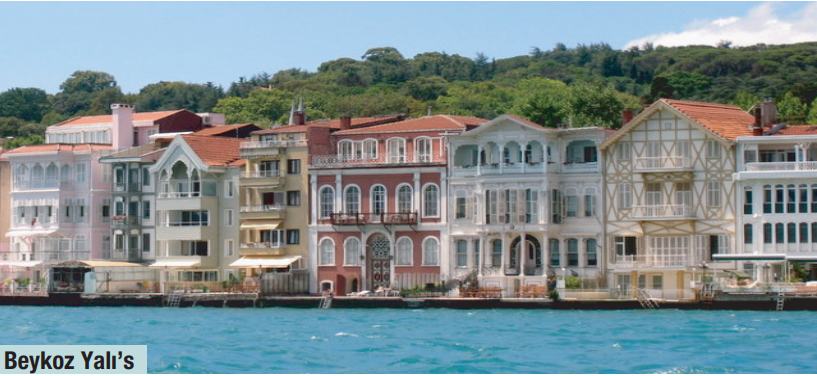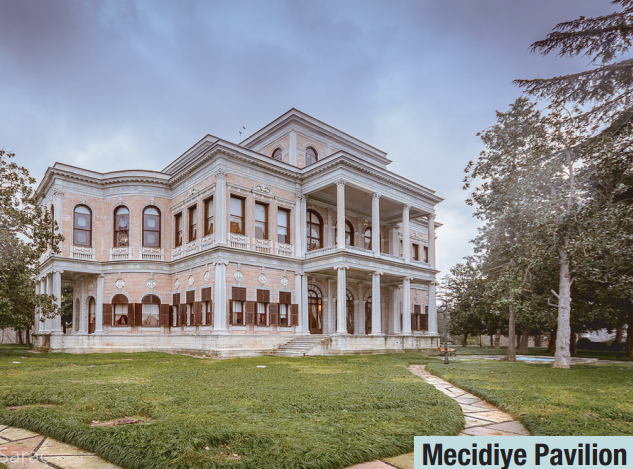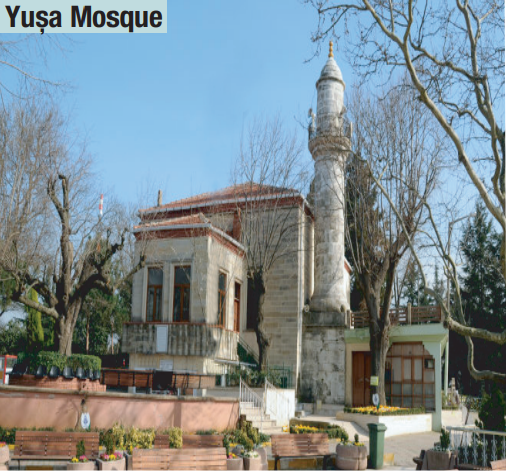Full Day
Yeniköy is located on the European shores of of the Bosphorus strait and is home to the city’s wealthy figures. The quarter also has some of the finest Ottoman era waterfront houses called “yalı”.
A short boat cruise from Yeniköy to Beykoz in the morning
Beykoz is one of the charming districts of İstanbul. During the Roman period there was a sacrificial area at Anadolu Kavağı where people who wanted to travel to the Black Sea would make a sacrifice to Zeus and Poseidon, hoping for favorable winds and a safe travel. The first historic people to settle at the upper-Bosphorus were Thracians and Greeks. However, the area has changed hands many times. After the conquest of Constantinople, Muslim population here increased. Natural spring waters, and seaside houses, adorned with groves, fountains, and palaces, maintained itself as an excursion place and hosted many travelers and many royal visitors. Beykoz is very rich in terms of greenery along Bosphorus & Black Sea. Elite class of Ottomans and Sultans built many summer palaces and organized hunting parties in Beykoz. This countryside is scattered with little villages. Beykoz holds some of the most luxurious new buildings as home to İstanbul glitterati. Beyond Beykoz, there are large areas of forested countryside, where the people of İstanbul come for picnics on the weekend. Some popular picnic spots of Bosphorus are Anadolu Kavağı, Anadolufeneri and Poyrazköy. There are number of tombs of Muslim Saints and holy places that also attract visitors.
Joshua’s Hill, a shrine containing a mosque and a tomb dedicated to Joshua. At the top of the hill, a giant symbolic grave stands, known to the Europeans as the “Giant’s Grave”. To some Muslims to be the Tomb of Prophet Joshua.The local inhabitants consider the grave miraculous and come here in order to be healed of their illnesses.
Yuşa Mosque was built in 1755. Located on the highest hill of İstanbul around Beykoz, Yuşa Mosque and the Tomb of Prophet Yuşa dominate not only Bosphorus, but also Black Sea. Since ancient period, this place has been accepted as a holy location.
Anadolu Kavağı, a guardian of the Bosphorus Strait with fish restaurants, gift shops, veteran boats and historical monuments where green meets blue. Welcomes hundreds of tourist every year. It is a seaside village at the point where Bosphorus meets the Black Sea.
Anadolu Kavağı is a gate opening from Marmara to the Black Sea.
Yoros Castle sits on a hill surrounded by steep bluffs overlooking the Bosphorus. The Greeks called the area Hieron, Sacred Place. There was a gorgeous view of the Black Sea, across which the Genoese once had a profitable business shipping Eurasian slaves down from the Crimea into the Mediterranean where Renaissance princes stopped buying them.
Beykoz Grove, dates back to the reign of Sultan Abdülhamid II, and was designed by French landscape architects, and pavilions, pools, theaters and birdhouses were built. Armenian originned Abraham Pasha posessed the grove from the Ottoman Sultan Abdulaziz in a backgammon game. Return to town center and Lunch at a restaurant with a fantastic sea view.
On Çeşme (Ten Fountains) also known as the İshak Ağa Fountain, this elaborate loggia fountain dates back to probably 16th century.
Poetry Museum of Mehmet Akif Ersoy (From Outside), Turkish author and poet of the Turkish National Anthem.
House of Orhan Veli Kanık (from outside), one of the most innovative Turkish poets born in Beykoz. Orhan Veli rejected traditional forms. He believed that poetry should not be an art form to be only appreciated by a particular class, but that it should appeal to all citizens of the world. Beykoz Mecidiye Pavilion was constructed by the order of the Governor of Egypt in 1845. As it was dedicated to Sultan Abdülmecid, it’s also called Mecidiye Pavilion. Sultan used the pavilion as a short time residence while riding in the area, but later foreign statesmen and ambassadors were received here later became an orphanage. In 1920s it became a preventorium and then a Chest Diseases Hospital for children until 1999 when it was taken over by Head Department of National Palaces, restoration works began to open it to public as a museum. Photographs of the pavilion taken during the reign of Sultan Abdülhamid II reveal its rich decoration with gilded furnitures, upholsteries and curtains of Hereke fabric, baccarat vases and big crystal chandeliers. There’s a resting pavilion in the garden, known as “Mountain Hamam” its inner walls are covered with oyster shells. Evening return back to allocated place.



